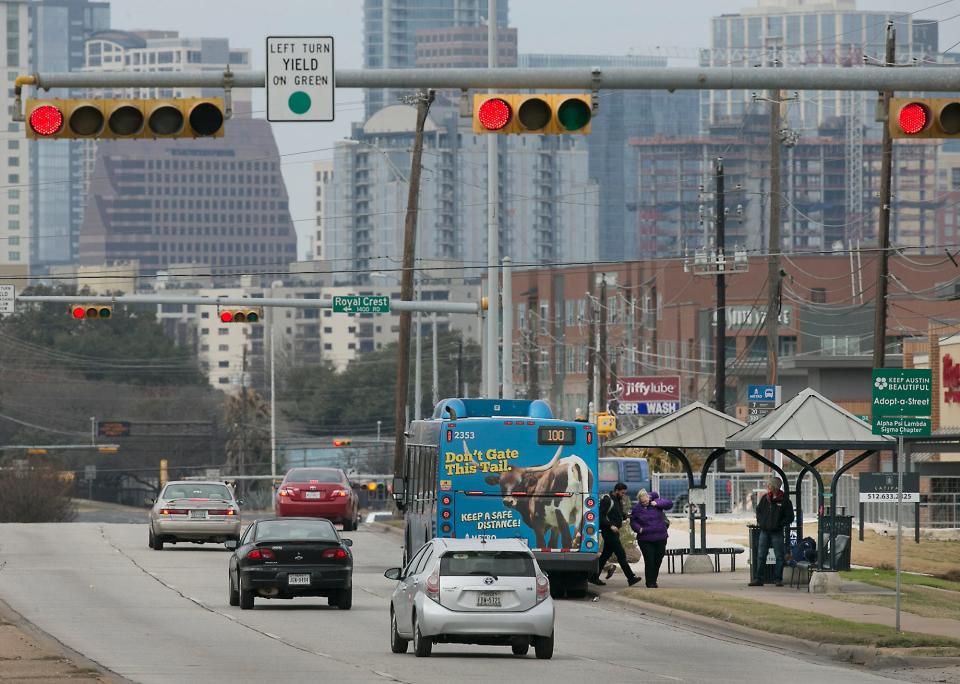Texas cities implementing AI traffic signals to limit accidents, boost safety
Texas cities, including Arlington, Dallas, Fort Worth, Garland and McKinney, are pioneering the use of artificial intelligence-powered traffic signals to tackle congestion and enhance safety on their roads.
Here's how these systems work to try to limit traffic accidents:
How does an AI traffic signal work?
According to The Dallas Morning News, these cities have adopted an AI software known as “NoTraffic.” Powered by sensors and cameras, it allows signals to sync and adjust to traffic conditions in real time. For example, it supposedly can extend yellow lights when vehicles are approaching too fast or give green lights to police, ambulance and fire vehicles.
The technology is meant to help prevent accidents and reduce the risk of collisions at intersections.
Having a seizure? Ceribell headband uses AI to enable quick diagnosis, better treatment
Does AI help first responders?
AI algorithms can analyze historical data to predict where emergencies are likely to occur. This enables first responders to preemptively deploy resources to high-risk areas, potentially reducing response times and improving outcomes.
Tim Menard, CEO of LYT, an AI software used to help first responders, said more major cities across the country should incorporate AI into their traffic lights.
“AI is able to understand all the environmental issues going on so the route chosen by the responder is the most optimal,” he told WBZ CBSNews in Boston.
Will you get diabetes? University of Texas professor develops AI to make better predictions
Does AI save money for cities?
Senior traffic engineer Chris Funches said implementing AI traffic signals can save cities money in the long run by replacing old traffic timers that are out of date.
Cities “will save money that would otherwise be spent on maintenance of existing signals,” Funches told the Morning News.
According to the Morning News, Arlington is spending an estimated $1 million over the next two years on “NoTraffic" — from bond money allocated for traffic signal improvement. The system has been tested along its Matlock Road corridor and will be rolled out to other intersections in the area by the end of the year.
Sugar Land, a suburb of Houston, has also adopted AI for traffic signals.

This article originally appeared on Austin American-Statesman: Is AI being used for traffic lights? Texas cities testing new software

